Unveiling the Therapeutic Potential of Laser Therapy for Rheumatoid Arthritis: A Comprehensive Review
A recent study has provided valuable insights into the potential advantages of laser therapy in relieving the challenges posed by rheumatoid arthritis (RA). This innovative research focused on thirty participants who were diagnosed with classical or definite RA, and examined the impact of laser exposure from a Q-switch neodymium laser operating at 1.06 micrometers.
The research utilized a thorough methodology, where one hand of every subject was subjected to laser therapy on the proximal interphalangeal (PIP) and metacarpal phalangeal (MCP) joints, while the other hand was given a placebo treatment. Importantly, the assignment of treatments was kept hidden from the participants, doctors, and occupational therapy assessors, guaranteeing impartial evaluation.
The study findings demonstrated notable enhancements in the MCP and PIP joints for a group of twenty-one participants who underwent laser therapy. Additionally, twenty-seven individuals reported improvements in their PIP joints, while twenty-six experienced enhancements in their MCP joints. These improvements were accompanied by a decrease in heat, redness, pain, swelling, and sensitivity in both hands over the course of the treatment.
The hand that received laser therapy showed significant improvements in redness and pain, surpassing those seen in the hand treated with the sham procedure. Moreover, there was a clear improvement in grip strength and fingertip pressure on the side that underwent laser treatment, suggesting an enhancement in functionality.
Additionally, the research noted a reduction in the amount of circulating immune complexes, as determined through platelet aggregation, while undergoing laser treatment. This discovery implies a possible connection between laser therapy and immune system regulation, prompting a need for more in-depth exploration of the mechanisms involved.
The potential benefits of laser therapy in treating RA symptoms are highlighted by these results, although the specific way it works is still unknown. It is crucial for future studies to investigate how laser radiation interacts with RA pathophysiology in order to develop more precise and efficient treatment options.
In summary, laser therapy shows significant promise as a non-invasive, supplementary method to reduce pain and enhance mobility in people with RA. As we delve deeper into understanding its healing capabilities, laser therapy stands out as a ray of hope in the ongoing effort to ease the challenges of rheumatoid arthritis.


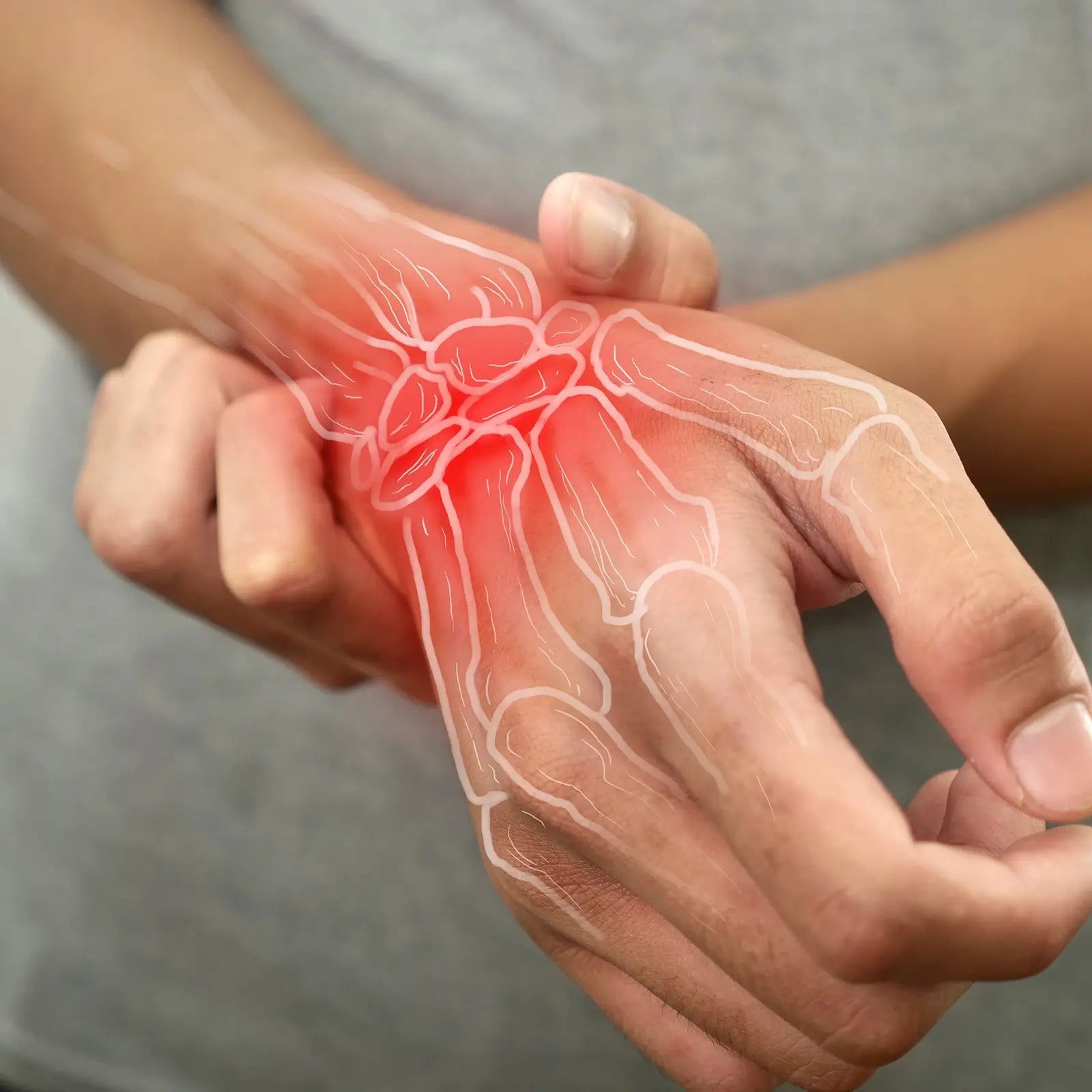
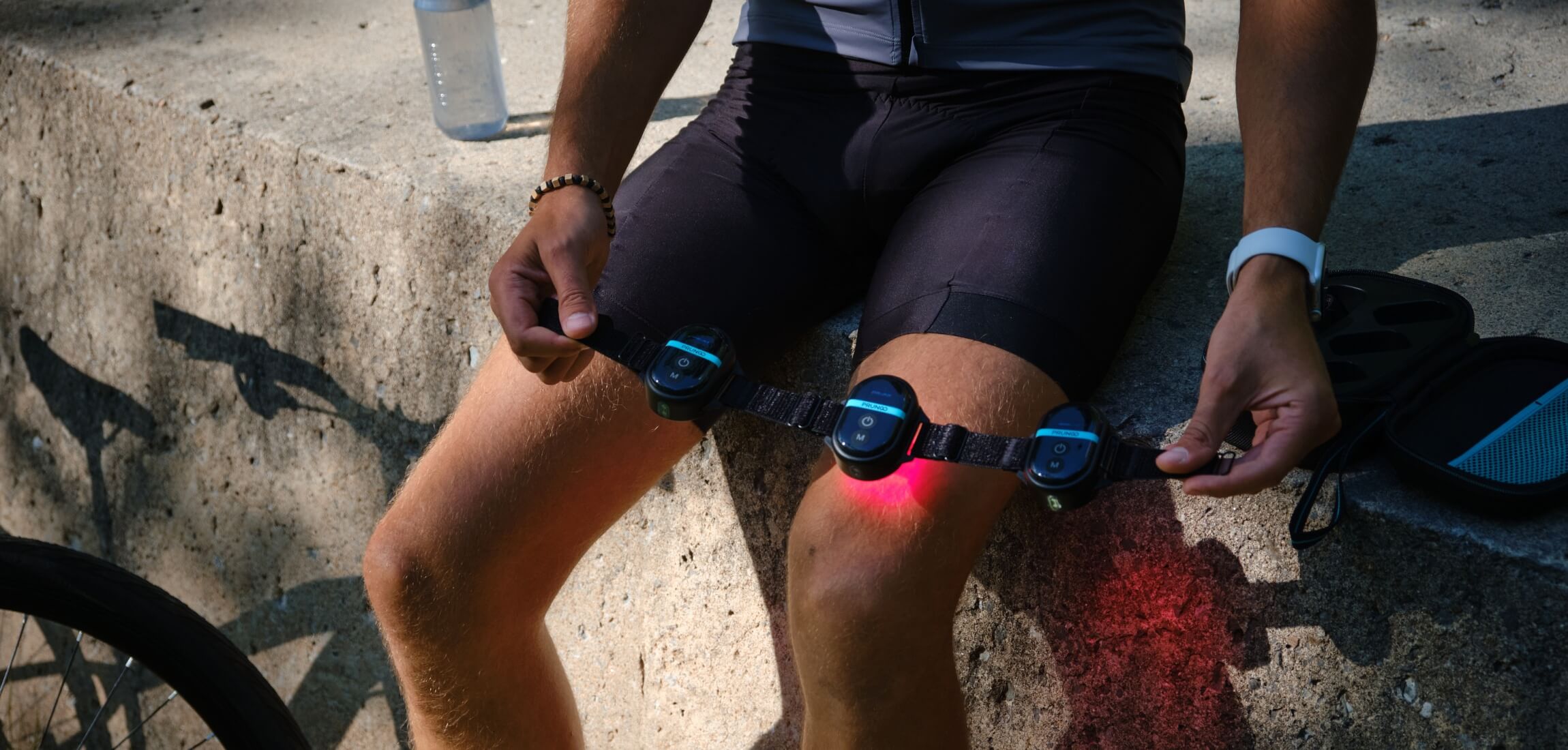
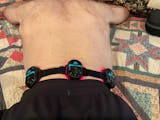
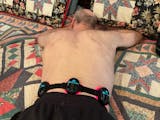









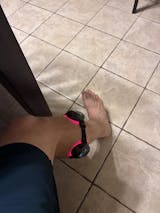
Share:
The Benefits of Photobiomodulation Therapy for Chronic Non-Specific Low Back Pain
The Efficacy of Low-Level Laser Therapy in Treating Sports Injuries